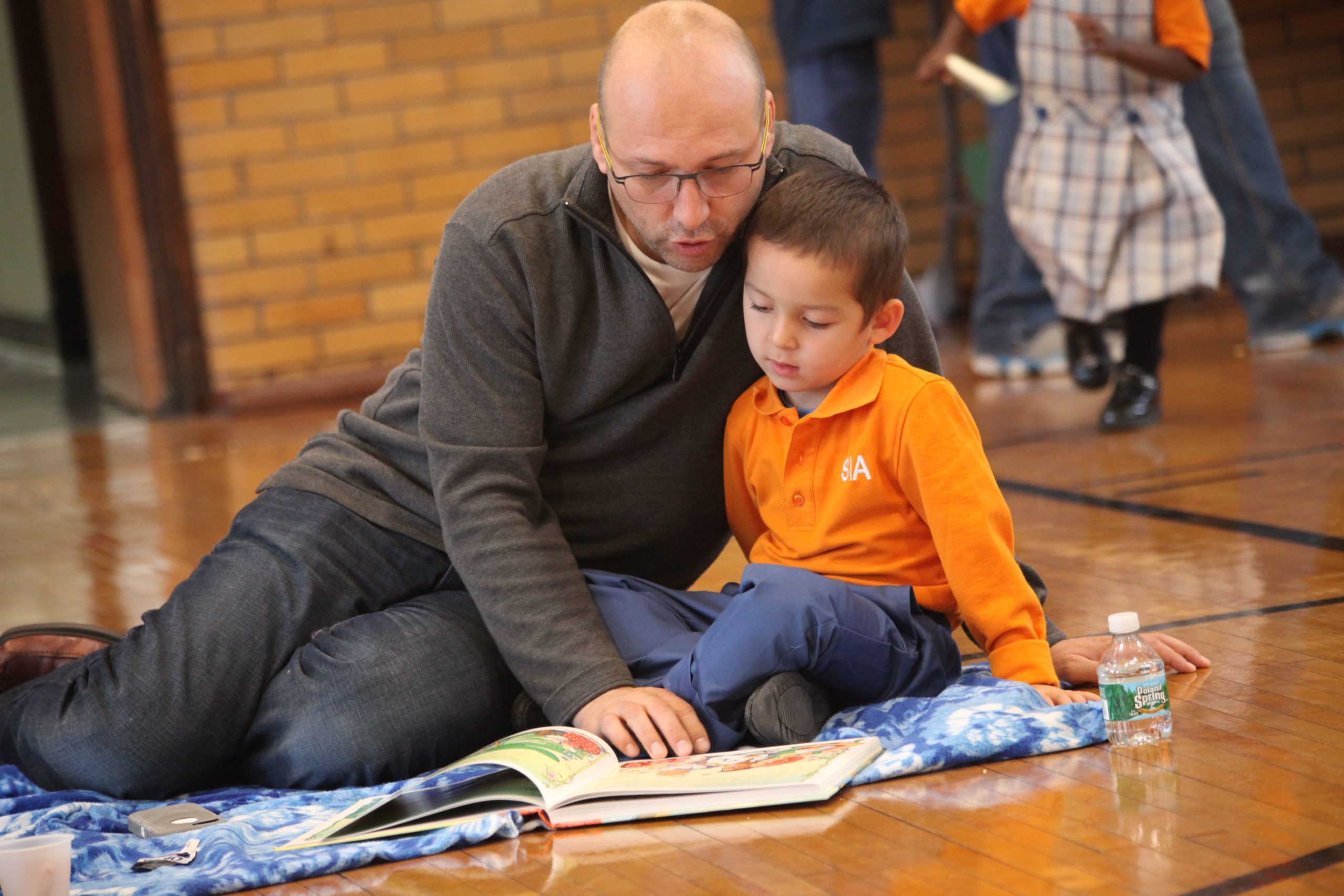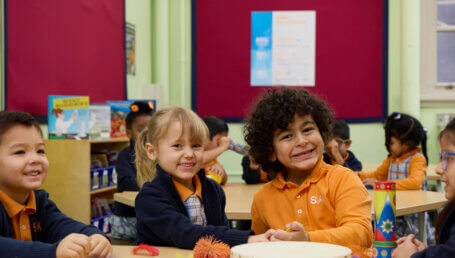
Last week, we debuted an infographic stressing the vital importance of reading aloud to young children. This week, we’d like to address some of the frequently asked questions about reading aloud we’ve heard from parents over the years.
Q: I love reading aloud to my daughter! Now I’m trying to encourage my sister to read aloud to her son because his school doesn’t require it as homework. What are your top three tips for reading aloud?
A: Let’s see, if we have to narrow it down, our top three tips are:
- Let your child’s personality, interests, and questions guide your book selection. Look for books that expand on his passions. For example, if he is obsessed with sharks, find books about other sea creatures and different scary predators, like alligators.
- Read with expression! Hearing the way your voice changes as you read helps scholars understand what is happening in the story.
- Don’t just read the book, talk about it! Pause while reading to discuss what’s happening in the story, make a connection to everyday life or to other books or predict what will happen next. Discuss the book afterwards and throughout the day. “This reminds me of what we read in _____.”
- Take time to look at the illustrations, especially noticing the details. Illustrations often include important information, even in fictional stories, that aid understanding. Plus, whether gorgeous or silly, illustrations are one of the great joys of reading kids’ books!
Well, we tried, but we couldn’t narrow it down to just three!
Q: When I was kid, we didn’t have a lot of books, but my dad told us stories every night at bedtime, like fairytales or even stories he made up. Is that just as good as reading a book?
A: Retelling stories is a wonderful family tradition as well as a meaningful way that a culture’s folklore is passed down through generations. Inventing new stories to tell your kids makes them extra special and personal. In fact, many beloved children’s classics, like Winnie the Pooh, The Hobbit, and the Percy Jackson books began as stories the authors told to their kids at bedtime!
However, it’s also incredibly important to read books aloud to your child. Pre-readers start internalizing the idea that the words on the page have meaning when they hear and see you read book aloud. This is a vital step in the process of learning to read. Kids are also exposed to new vocabulary, phrases, and ideas through books. Every author has a different way of expressing thoughts and ideas. Finally, we don’t want kids to miss out on the illustrations!
Why not create a tradition, like Storytelling Sundays or Subway Ride Storytelling, when you reserve a special day or time to share these stories.
Q: My daughter wants to hear the same book over and over again. Should I keep reading it? I’m afraid she’s not learning anything new!
A: A favorite book can be a source of comfort, security, and confidence for kids of all ages. Returning to a favorite book can provide kids with the opportunity to notice new things in the text and pictures and think more deeply about the meaning of the book. However, we don’t want favorite books to stall kids’ development as readers and thinkers. Use this favorite book as a gateway into other books! Have a discussion to figure out what your child loves about this book and ask a teacher or librarian for help finding other books like this. Or use it as a reward for trying new books or achieving a goal.
Got more questions? Post them in the comments section and we’ll try to answer them in a future post.










